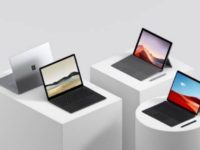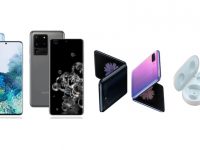At the much awaited Nokia World which kicked off yesterday Nokia announced two new Windows Phone powered handsets – as expected. The devices were claimed to be the “first real Windows Phone” handsets by Stephen Elop, Nokia’s CEO.
While it’s anybody’s guess as to how different these new handsets are from the “normal” Windows Phone offerings, questions are already being raised about Nokia’s strategy with Windows Phone 7, an Operating System that is yet to make an impact in the smartphone sector – a good one year after its release. It was expected by many that the platform would take off once Nokia comes out with its devices. Even market research firms like IDC and Gartner did see Windows Phone steadily climbing up the ranks. How that would happen with handsets like these remains a question.
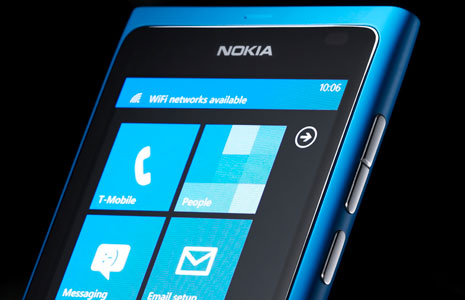
Anyway, let us take a look at the two handsets now which get added to Nokia’s newest high end range called Lumia.
First off, we have the Lumia 800, the flagship Windows Phone handset from the company.
Bearing heavy resemblance to the MeeGo powered N9, the 800 is powered by a Qualcomm MSM8255 processor which chugs along at 1.4 Ghz. The device also packs in 512 MB of RAM. As for the display, this one’s got a 3.7 inch Clear Black Display with 480*800 pixel resolution. Unlike the N9 though, this one’s got a dedicated camera button which I am sure would be welcomed by most camera phone buffs. Talking about the camera, this one has an 8 megapixel unit that can also double up as an HD Video recorder.
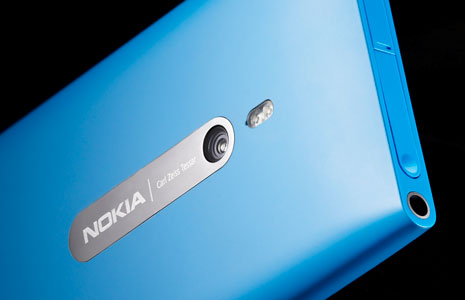
Like most Nokia handsets, the Lumia 800 has almost everything covered on the connectivity front with support for most GSM and 3G bands out there. Bluetooth and WLAN also find their way in. What is however missing happens to be the much touted NFC feature which Nokia said it would be implementing on almost all of its hug end smartphones. Maybe Nokia thinks Windows Phone users are not ready for NFC yet?
The 800 gets 16 GB of internal memory and that’s about it. There is no option to expand the memory using memory cards – another Windows Phone related thing I fail to understand. Like the N9, the Lumia would feature a Micro SIM card slot which will make like difficult for people who frequently change their handsets.
The Lumia 800 will start shipping in the UK starting early November and is already available for preorder. It is expected to go on sale in countries across Asia before the end of 2011 – and this list includes India. The price? $588 without taxes or subsidies.
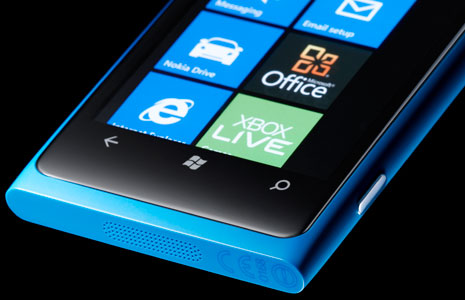
Next up is the Lumia 710. As expected, this is the cheaper of the two handsets announced. While it loses a few features, this one is powered by the same 1.4 Ghz processor (Qualcomm MSM8255) found on the 800. The screen size and resolution too remains the same. While its quite compact, the phone is not very thin and weighs in at 126 grams. Onboard memory on this one amounts to 8 GB of- again with no option for expanding further. Also, like the Lumia 800, this one would need a Micro SIM.
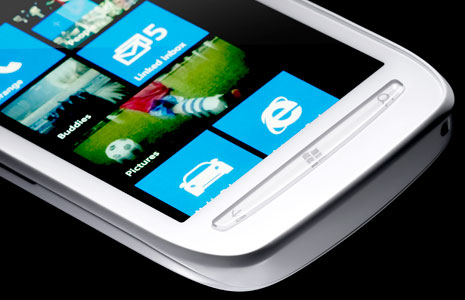
The device has a 5 megapixel camera at the back which is also good for Video recording in HD (720P) at 30 fps.
Both the devices run Windows Phone 7.5 Mango, the latest version of the OS from Microsoft. The Lumia 710 would be cheaper with a price that is expected to be around the $370 mark.
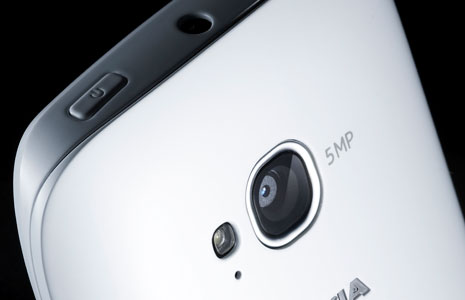
Nokia Specific Stuff
So, when Nokia struck the deal with Nokia, it was said that the Windows Phone devices from the company would be “different” from the other normal crop of handsets running the same platform made by their phone makers. This is no doubt a rather tricky proposition because this would have obviously meant Microsoft would have to give preferential treatment to Nokia – something the other phone makers wouldn’t appreciate. Anyway, at yesterday’s launch, it became clear that the differentiation from other handsets would come in the form of Nokia exclusive services. Let’s talk about a few of them.
We start with Nokia Music, an application that allows users to access over 15 million tracks. It’s a sort of personalized radio service without annoying RJ’s and a plethora of varied playlists. While it needs internet connectivity, users can pre-download their favorite songs and listen to them even when they are in a no network zone. Users can select from 100 channels according to genre and each one of them contains 50 songs which are refreshed once a week.
Nokia has also tied up with ESPN to offer a service that would be exclusive to Nokia. This application which is touted as an ultimate sports app that would present users with personalized tiles that would display live streams regarding their favorite sport and players.
Another service would be something known as Nokia Drive which is nothing but free turn-by-turn navigation software with a dedicated in-car interface. Each Nokia Windows Phone user also gets 25 GB of free SkyDrive storage space.
Nokia did disappoint us all with its decision to announce just two Windows Phone devices. Many had expected the company to launch the much rumored Nokia 900 as well. But, it is clear that in the months to come, we would be seeing a host of new Windows Phone devices from them. Will these attempts be enough to turn around the fortunes of Nokia or Microsoft would be something that we would learn in due course.

